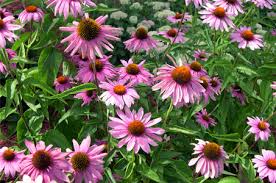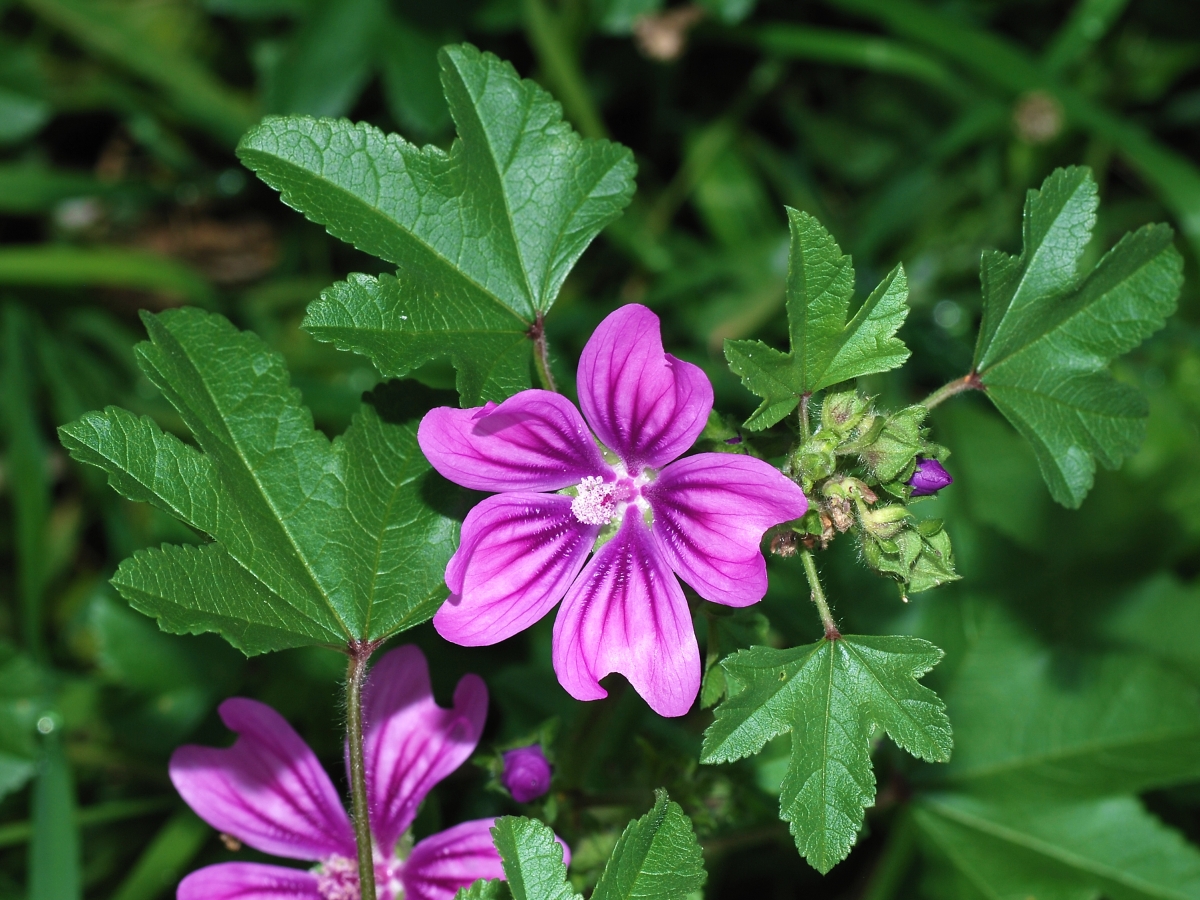 We all know the fluffy confection called Marshmallow. Roasted, in s’mores, or just come-as-you are, they’re a delicious addition to our sweet-tooth repertior. But did you know the treats were originally created as a cough and sore throat soother by pharmacists of long ago?
We all know the fluffy confection called Marshmallow. Roasted, in s’mores, or just come-as-you are, they’re a delicious addition to our sweet-tooth repertior. But did you know the treats were originally created as a cough and sore throat soother by pharmacists of long ago?

The commercial treat is basically a combination of whipped egg white, sugar and gelatine, but the traditional goodies once contained a decoction of marshmallow root – a garden plant that grows happily in our temperate climes, and which makes a pretty addition to our gardens.
Did you also know the marshmallow has an even more common cousin?
The humble mallow, scourge of roadside and river bank, if allowed to grow unchecked can reach several feet tall.
The common mallow is not as widely-known, or as widely used, in herbalism as its relative, but it shares many of the same properties. For both plants the main action is to produce a slimy substance which, when released, forms a silky film over an inflamed area. This is useful in the treatment of irritations to the mouth and throat if taken orally. It is astringent and can promote the coughing-up of mucus from the lungs.
 Mallow can also be used to relieve an inflamed digestive tract. Its action is the same as above – it coats the tract with a thin, soothing film. It can also help stomach and bladder complaints.
Mallow can also be used to relieve an inflamed digestive tract. Its action is the same as above – it coats the tract with a thin, soothing film. It can also help stomach and bladder complaints.
In addition, a poltice of the leaves applied to the skin under a warm, moist dressing and left for 30 mins or so calms sore or inflamed skin. It can soften and soothe the skin when applied locally and can sometimes be found in hand cream.
The roots and leaves have been used as a natural dye.
A decoction of the root is a good egg-white substitute. When left to soak, the water surrounding it becomes thick and gloopy. This can be whipped up to make a merangue and goes some way to explaining how we ended up with our marshmallow treats.
Mallow tea made from an infusion of the dried leaves is mild in flavour, somewhat akin to green tea, and is pleasant to drink. The fresh leaves can be added to salads. The mallow seeds are also edible and, when fresh, can be toasted to give a delicious, nutty sprinkle.
It’s thought that ingestion of the herb can lower blood sugar levels, so use with caution if you suffer from diabetes or blood-sugar related problems.
